20 Year Old Witch Burned Alive, Papua New Guinea (2013)
The following article by Richard Shears appeared in the Daily Mail on 7 February 2013 and was entitled. ‘Mother, 20, accused of being a ‘witch’ and ‘killing a boy with sorcery’ tortured and burned alive on pile of tyres

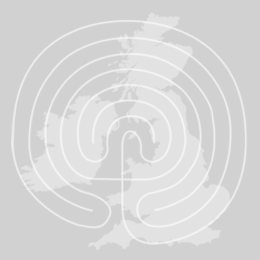

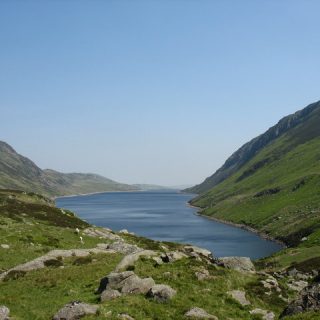
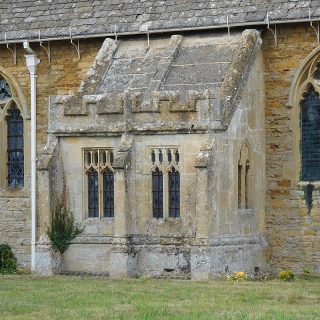
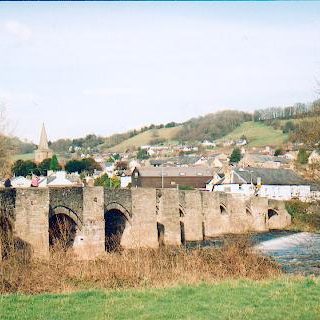

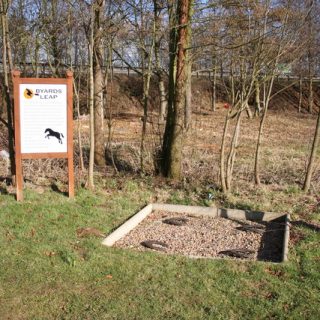
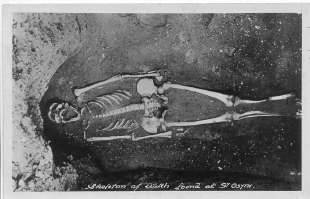
Recent Comments